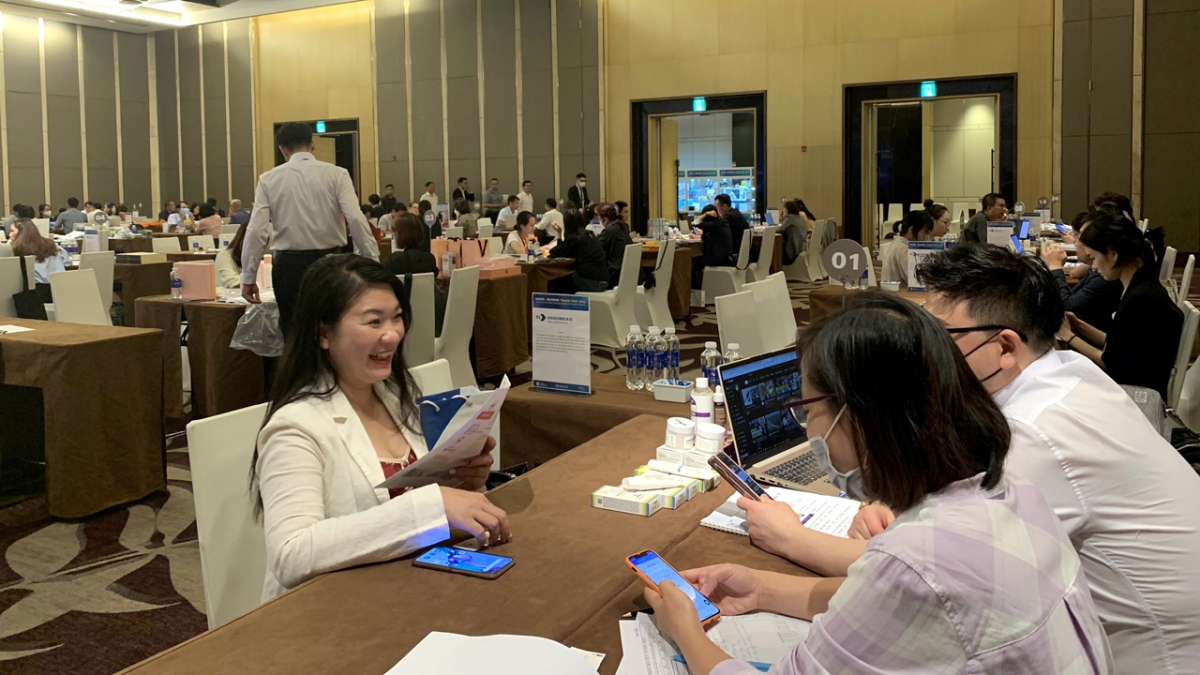Vietnam – RoK trade moves closer to the US$100 billion mark
Society – Economy - Ngày đăng : 10:41, 07/07/2024

Of the total figure, Vietnam spent US$26.2 billion on imports, up 7.4% over the same period last year. It mainly purchased machinery and input materials for processing and manufacturing industries.
Meanwhile, the RoK increased the import of key Vietnamese products such as electronics, textiles, and spare parts, driving up its import turnover from Vietnam to US$10.2 billion.
According to the Asia-Africa Market Department under the Ministry of Industry and Trade, the RoK is an important supplier of input materials for Vietnamese industries, especially for processing and manufacturing. In terms of petroleum alone, it sold US$3.2 billion worth of the products to Vietnam last year.
Experts say bilateral trade between Vietnam and the RoK is supported by many factors, first and foremost the growing relationship between the two countries that was upgraded to a Comprehensive Strategic Partnership in 2022.
The RoK is currently the largest foreign investor in Vietnam, so import-export activities are largely supported by Korean businesses operating in the country. With its facilities operating in Thai Nguyen, Bac Giang and Ho Chi Minh City, Samsung Electronics alone generated a turnover of nearly US$56 billion last year.
Large Korean economic corporations in Vietnam play an important role in improving production and export capacity, helping local businesses gradually engage more deeply and broadly in the global value chain, especially in the fields of electronics, automobiles, mechanics, metallurgy, chemicals, textiles, and footwear.
The Vietnam - Korea Free Trade Agreement (VKFTA) which has been enforced for nearly 10 years also gives a big boost to import, export and investment thanks to numerous preferential tariffs on offer. In addition, two-way trade is also fuelled by the implementation of multilateral free trade agreements (FTAs) to which the two countries are signatories, including the Regional Comprehensive Economic Partnership (RCEP) and ASEAN-Korea Free Trade Agreement (AKFTA).
Another advantage is that the export structure between Vietnam and the RoK is clearly complementary and has little direct competition. Trade activities between the two countries will flourish as soon as tech giants such as Samsung and LG concretize their investment commitments to expand production in Vietnam.
Trade exchanges between the two countries are gathering full steam following a period of stagnation last year. At a recent meeting with the Speaker of the RoK National Assembly in Seoul, Vietnamese Prime Minister Pham Minh Chinh proposed that the RoK open up more to Vietnam’s strong export items, including agricultural and aquatic products, and at the same time remove trade barriers.
Two-way trade is moving closer to the US$100 billion mark this year. Experts expect the success of the PM’s recent visit to the RoK along with numerous cooperation agreements signed during the visit will prompt bilateral trade exchanges to proper in the coming months.
